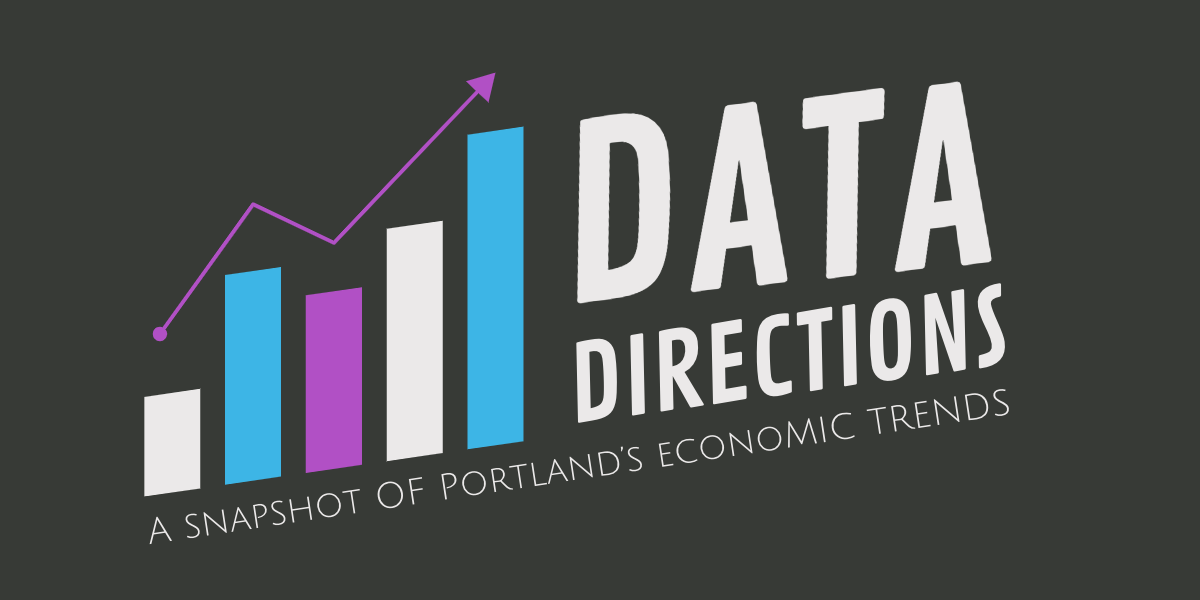July 2023
In Portland, workers employed in high-skilled and higher-paying jobs are disproportionately white, whereas BIPOC workers are over-represented in lower-barrier and lower-paying jobs. One in six among the Black, Indigenous and all people of color demographic in the workforce in the City of Portland experienced poverty in 2021. For comparison, only 10% of the white, non-Hispanic workforce experienced poverty.
Looking at Portland’s peer cities, three had significantly higher rates of poverty among the workforce; Atlanta, Boston and Minneapolis. All three of these cities had a BIPOC poverty gap that was larger than Portland’s.
Within the Portland region, the greatest concentration of poverty is in East Portland, where 14% of the total workforce experienced poverty in 2021. In contrast, Washington and Clackamas counties both had poverty rates of just 8%.
In the post-COVID era, working from home has become common. In 2021, 35% of workers living in the City of Portland worked from home. However, just 21% of Portlanders earning less than $35,000 worked from home and just 20% of all workers living in East Portland worked from home.
Working conditions in Portland contrast starkly by income. Among Portland residents earning more than $75,000, 51% work from home. In East Portland, among residents earning less than $50,000 a year, just 13% work from home. For most folks living in East Portland, working from home is not an option. East Portland offers affordable housing options that do not exist in most Porland communities, and workers living in East Portland are much more likely to have jobs that cannot be done on a laptop: construction, manufacturing, transportation, health care. This means that physical access to Portland’s employment centers is a critical issue in addressing poverty in Portland’s lower income neighborhoods.
The need for access to employment centers has driven Prosper Portland’s strategic investments in East Portland. In collaboration with other public partners, Prosper Portland has developed five-year action plans in two East Portland Tax Increment Financing (TIF) districts, Lents and Gateway. These action plans create the framework for the City and community to work together to determine priorities and investments in affordable housing, home repairs, community amenities, commercial spaces for local businesses, or other eligible projects.
The city has made important infrastructure investments using TIF funding, including sidewalk, transit, and road access improvements. These improvements were a critical component in the development of the Nick Fish building in Gateway. The development is a mixed-use, mixed-income project with ground floor retail, and affordable and market-rate housing, all with direct access to Gateway Discovery Park. Additionally, TIF has funded important streetscape and sidewalk improvements and the expansion of TriMet’s Red Line, both implemented and/or under construction.
Moving forward, Prosper Portland will replicate these collaborative development efforts. In a recent example, a coalition of community-based partners established the Cully neighborhood TIF district. Following that community-based model, future action plans will consider how to create and sustain transportation and access to education, job training, health care, childcare and affordable housing, all of which contribute to neighborhood sustainability.
